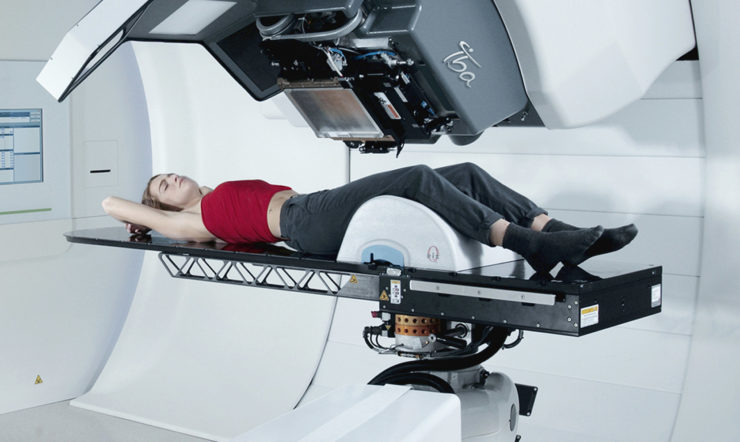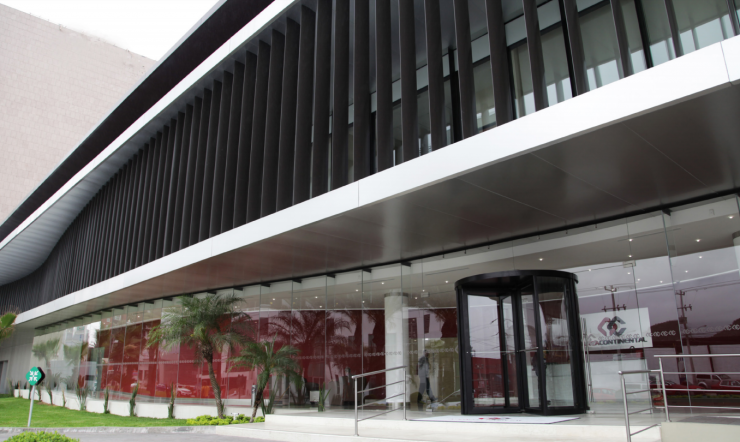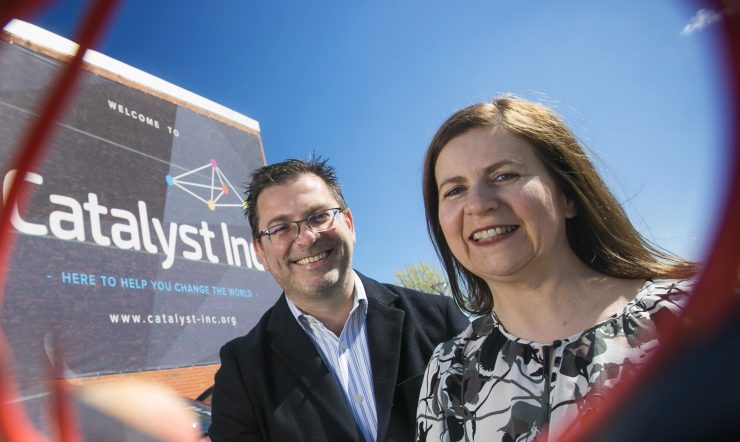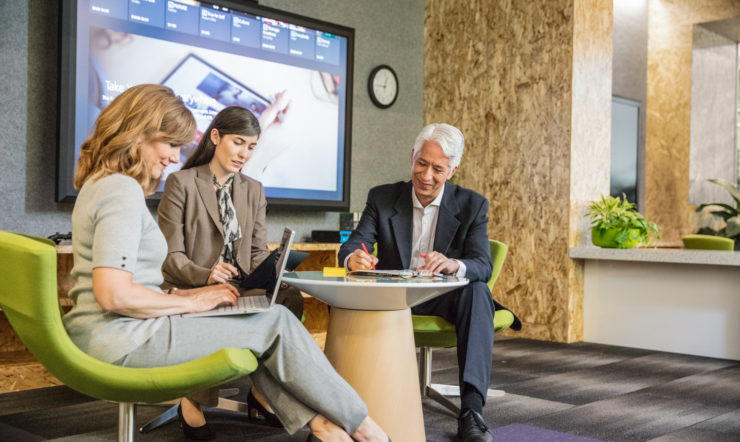Ten things to take away from Microsoft TechX.
When it comes to cloud computing, it is no longer if, or when it will be part of your enterprise strategy, in fact it is not even how. Now the conversation is for how best it can be incorporated into enterprise infrastructure because no organisation can now ignore the base level of capability it delivers.
Cloud computing is now the foundation of many organisations, and the corner stone of their transformation ambitions.
Microsoft’s TechX event in Dublin was cloud-focused this year, exploring developments and directions for the cloud platform, as well as how partners and customers are leveraging it to drive innovation.
Here are 10 key takeaways from the event, which saw managers, developers, engineers, partners and customers share experiences and insights from their respective cloud journeys.
Cross discipline cooperation
Cooperation between diverse disciplines focused on specific goals has proven to be not just fruitful for the task at hand but has improved how skills and knowledge transfer happens in general.
When gamers meet cloud engineers, or user experience designers meet disability consultants, or when aerospace engineers meet school children, the cross pollination of ideas and innovation can be staggering.
Opening up innovation to diverse ranges of experiences and ideas can yield, quite simply, fantastic results. Organisations can facilitate this by recognising that every person, at every level, can contribute to innovation by providing their unique perspective.
Cloud help
Despite the broader conversation around cloud computing and how such platforms can enable development ambitions, organisations still need help in understanding how these capabilities can enable their own journey.
In each case study and success story presented, there is a clear thread that, in many cases, organisations need technology partners and vendors to fully illustrate the current capabilities of cloud platforms to allow customers to grasp the potential.
However, it is vital for organisations to have that understanding for themselves, as even the closest partner may not be able to make the leap for them. In understanding their own needs and development ambitions, organisation can confidently set out where they need to go, supported by the technology.
Trust earned
Trust, though critical in today’s technologically permeated world, is still slowly earned, and to be guarded jealously.
With much of the social media world under heavy criticism for being less than transparent on privacy issues, trust in technology is under threat.
Despite the pace of change in the world of technology, trust is still gradually earned and not to be squandered.
Through the careful development of open standards, rigorous application of security controls and best practice adoption, organisations can ensure a culture of trust is developed and maintained, as we as a society, a business community and a wider world bring technology ever closer into our lives.
Diverse views
Diverse views and approaches are necessary, not just between organisations, but also between departments, teams and people.
If we have a uniformity of voice and opinions within our organisations, it can be very difficult anticipate problems. Organisations that succeed promote diversity, and provide welcoming platforms for sharing viewpoints.
Not just the usual voice for devil’s advocate, diverse views can inform and enrich debates on design and development to allow for greater understanding of how applications, tools and services might be employed once out in the open market.
Such insight, early in development cycles, can be invaluable in anticipating what may later be difficult to retro fit.
Innovation multipliers
Innovation will happen, regardless of technology.
But technology can not only smooth the flow of human interaction that produces innovation, it can multiply its effects. But the old wisdom still applies — don’t get in the way of people doing great things. Ensure the technologies at their disposal are easy to use, accessible and appropriate. Then, let the magic happen.
Open source gives way to open development
For those of a certain age, there is still a novelty to seeing Red Hat share a stage with Microsoft. However, the progress that has been made between not just the two partners, but the two ecosystems is unequivocal.
Not only has Microsoft embraced open source, it has led a charge for open development, where the respective strengths of all approaches are brought together to foster innovation and drive progress. With other vendors and partners, the company has fully engaged with the co-creation principle to the benefit of all. While competition still exists, it is the customers who benefit as choice is now unrestricted by any notion of proprietary concerns.
It is worth pointing too, that where partnership takes place for co-creation, the benefits stay with the partner.
“We (Microsoft) co-create technologies with our customers that make them successful — customers own their patents and design rights in their technology — not Microsoft. And this is unique in the tech industry,” Cathriona Hallahan, managing director, Microsoft Ireland.
Tech for good
Tech for good is now ingrained as a concept, and it has many facets, from protecting the planet to making individual lives better, acknowledging and including groups that may previously have been underserved.
No one sets out to make technology inaccessible, but it has taken some time and some shared experiences to allow developers and engineers to see from different perspectives to understand what needs to be done to open up the possibilities. Hackathons and other initiatives are making a real difference to focus on specific needs, making adjustments and delivering new uses.
The incredibly complexity of the simple
The accessibility of new tools in areas such as data analytics and business process automation has allowed business domain experts to produce what would have taken developers significant coding time in the recent past.
However, despite the emergence of citizen developers through low and no-code applications, it must be borne in mind that it is only through the supreme application of skill and experience that such tools are developed at all.
It is only through a huge depth of understanding that developers and user experience professionals can determine what to hide and what to expose to allow the domain experts to interact with applications and produce meaningful results. Incredible complexity and sophistication lies just beneath every one of those beautiful interfaces, whether provisioning a new cloud infrastructure, automating a business process or linking a set of applications.
The change dilemma
In today’s business world, an organisation that is not changing is not living in reality.
Managing that change can be a difficult prospect, but it is the new business reality.
However, within that continually evolving landscape, there are still some constants.
Security must be a constant thread through all aspects of technology. Protecting the user, protecting the data and protecting the organisation, are still key concerns, irrespective of where the base technology goes or markets might stray.
Trust is key and will remain so.
Shared experiences help everyone. Whether it is lessons on a regulatory journey or admitting when things have gone wrong, sharing is better than silence.
With these constants in mind, organisation can better position themselves to handle the fluid aspects of the pace of technological change.
People will talk
Though the themes were dominated by cloud, AI, analytics, scalability and innovation, the lasting impression from TechX was the interaction — people love to talk!
At every opportunity, people congregated to discuss, react and share. Just as diversity must be encouraged internally, people also need to be facilitated in getting out to meet others in the industry, in other disciplines and other perspectives.
The continued popularity of these events demonstrates the unchanging human need for shared experiences and peer groups. Social interaction around the chosen discipline is still an invaluable part of being an ICT professional, and will continue to play an important part in professional development along side all manner of digital media.



















